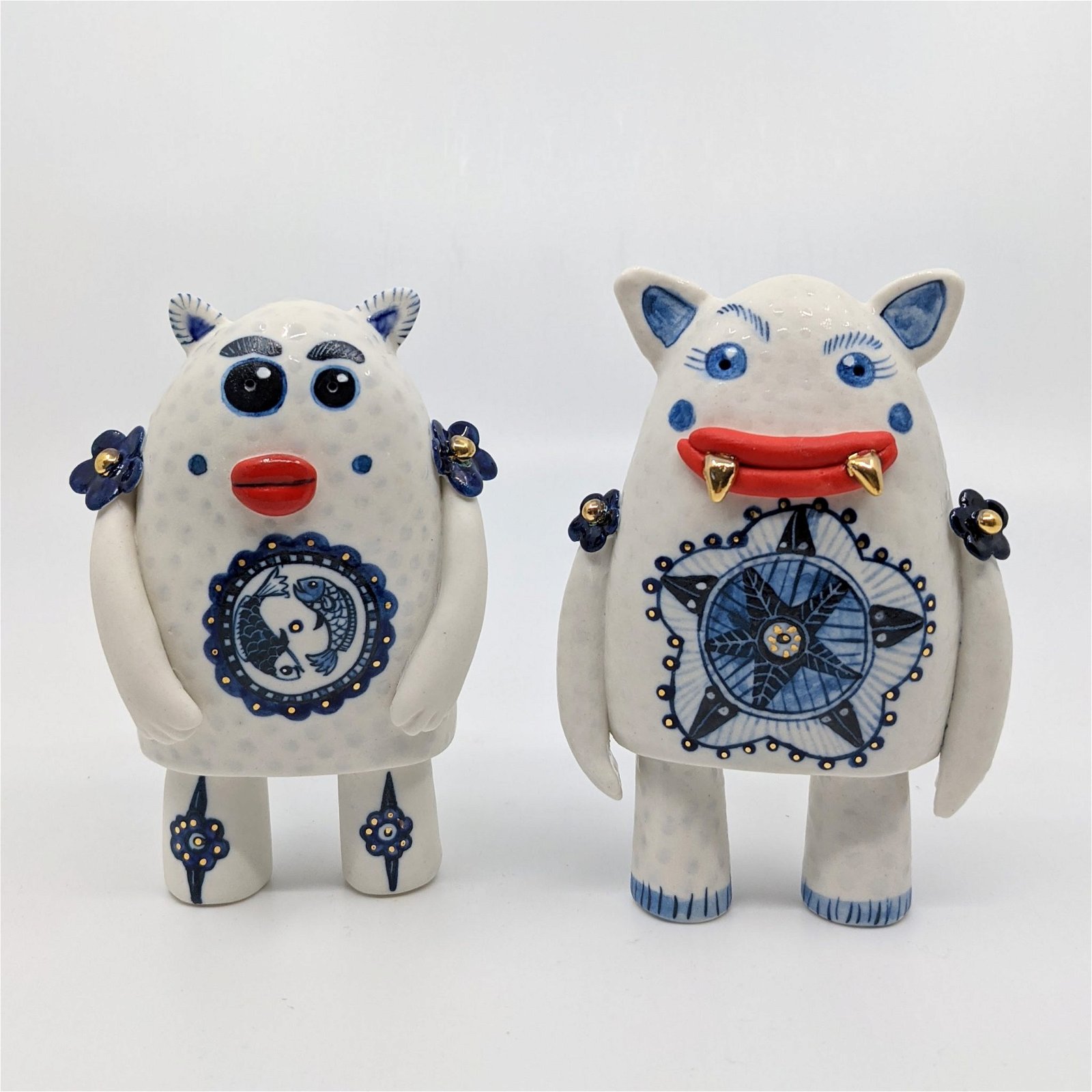Vipoo Srivilasa wants to show you how he makes his little people – perfect for adventurous hand-builders who want to go beyond traditional pinch, coil, and slab techniques:
This fun workshop shows you how you can create your own little people using two of Vipoo’s flat coiling, hand-building techniques with porcelain.
This is the perfect workshop to do at home. Vipoo created this series of work during the lockdown time to keep himself company. You can now make your own to keep you company or send them to your loved ones.
In this workshop, you’re going to learn:
- How to prepare your clay slab and slip for hand-building
- How to design your Little People
- How to build your Little People using flat coils
- How to make simple arms, legs, and lips
- How to dry your porcelain to avoid cracks
This workshop is for anyone wanting to learn a new skill and challenge themselves. There are endless possibilities with this technique.
After this workshop, you could be making beautiful Little People like this:
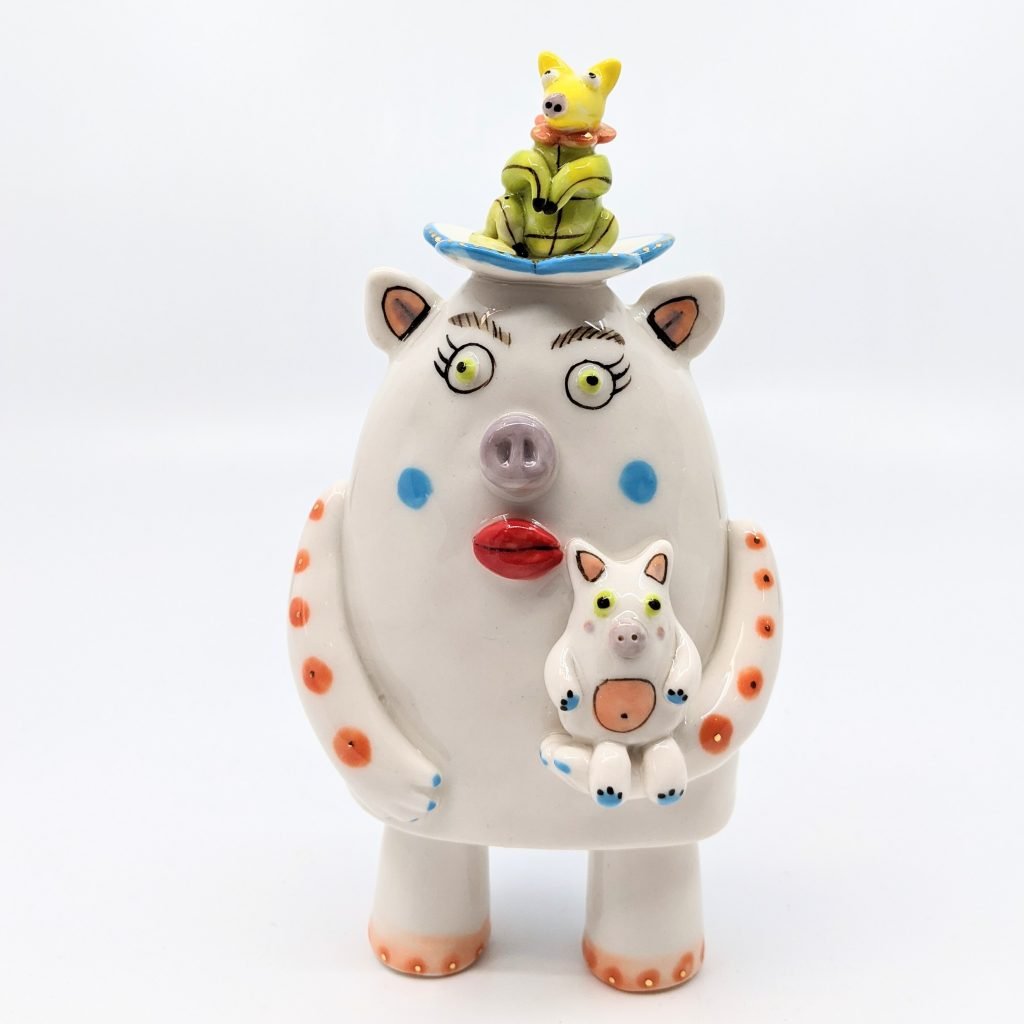
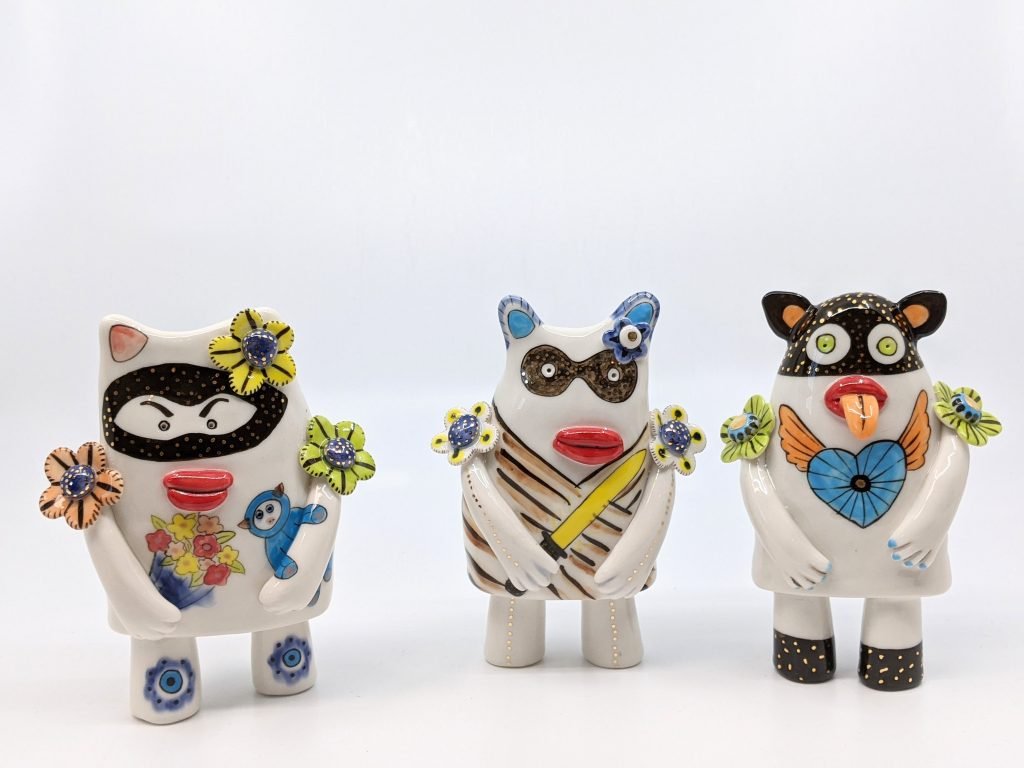
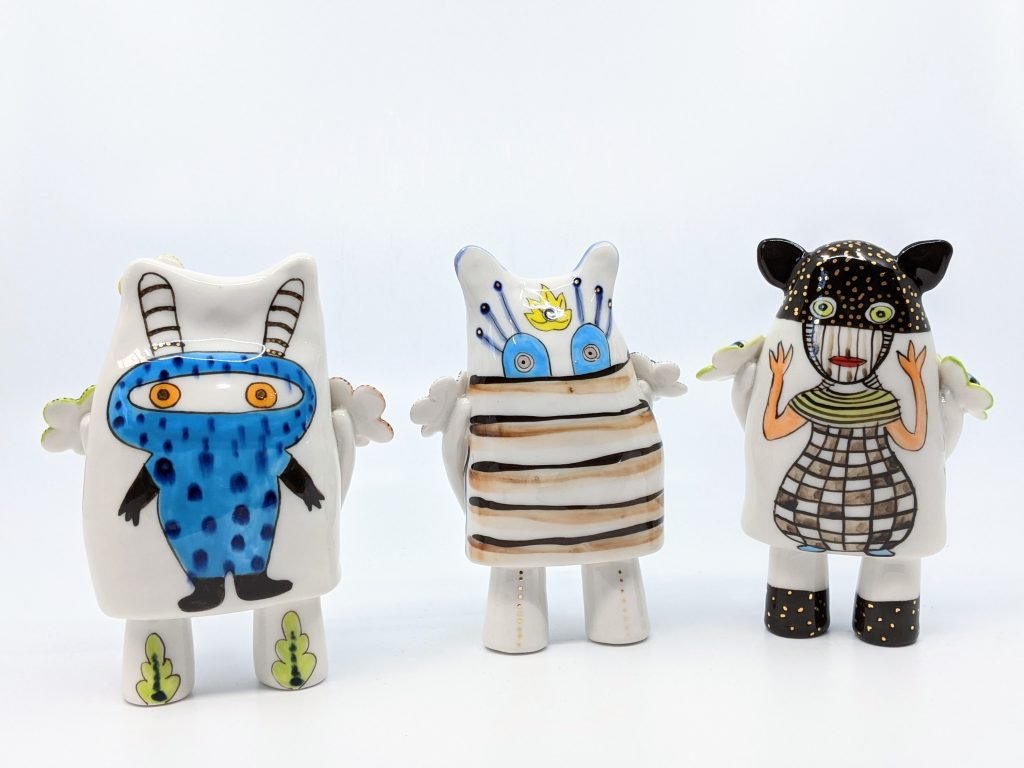
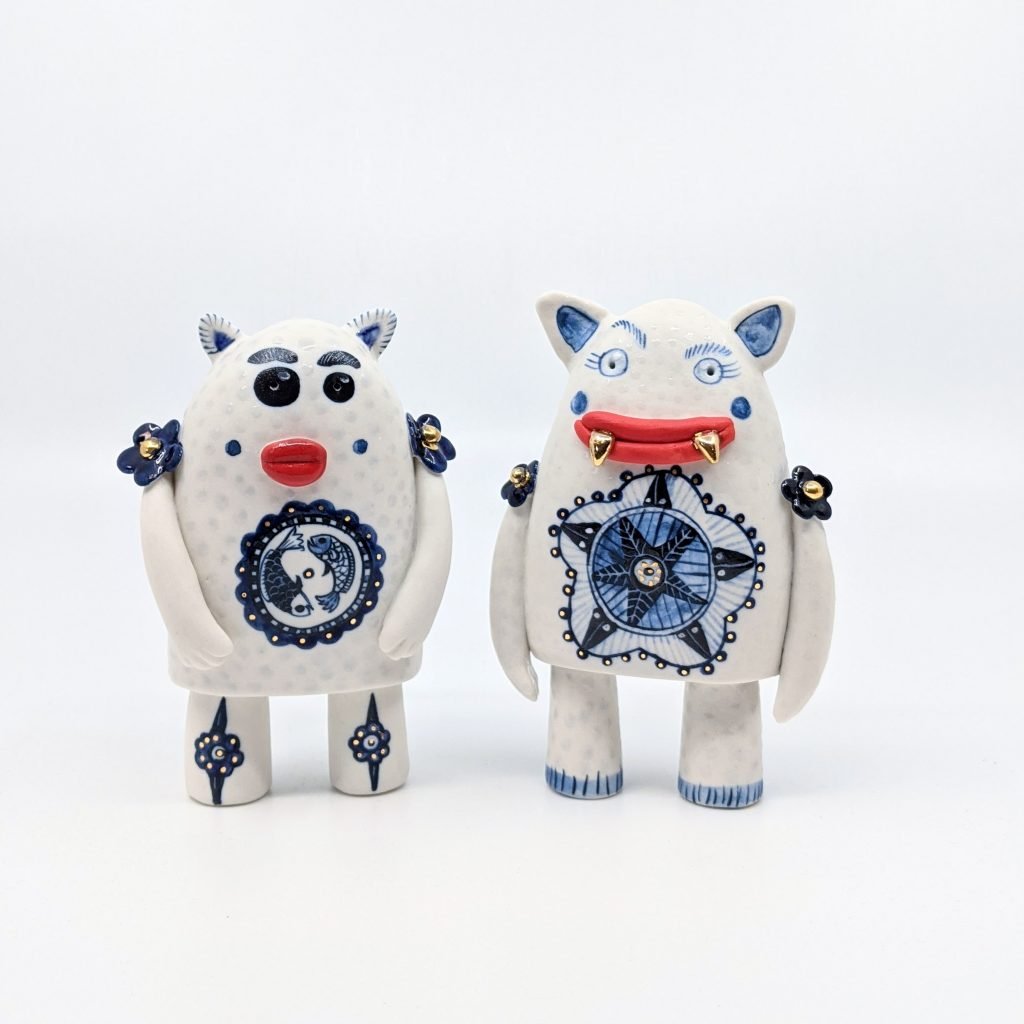
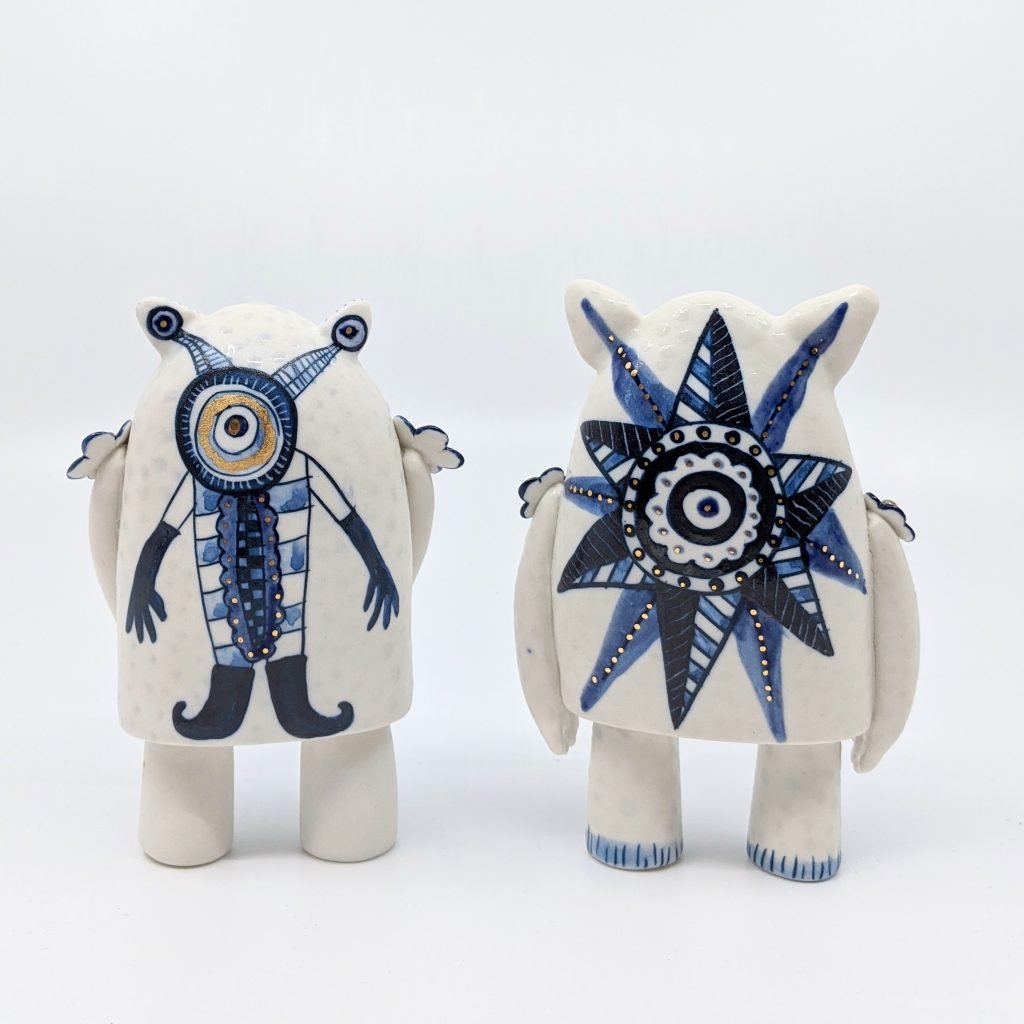
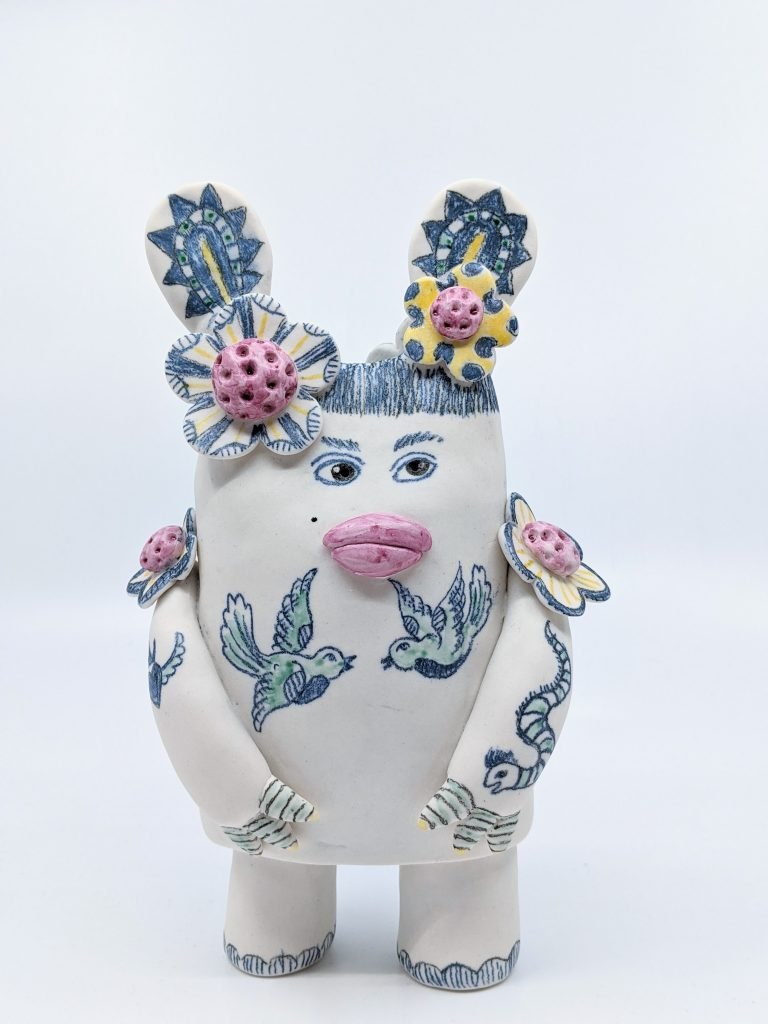
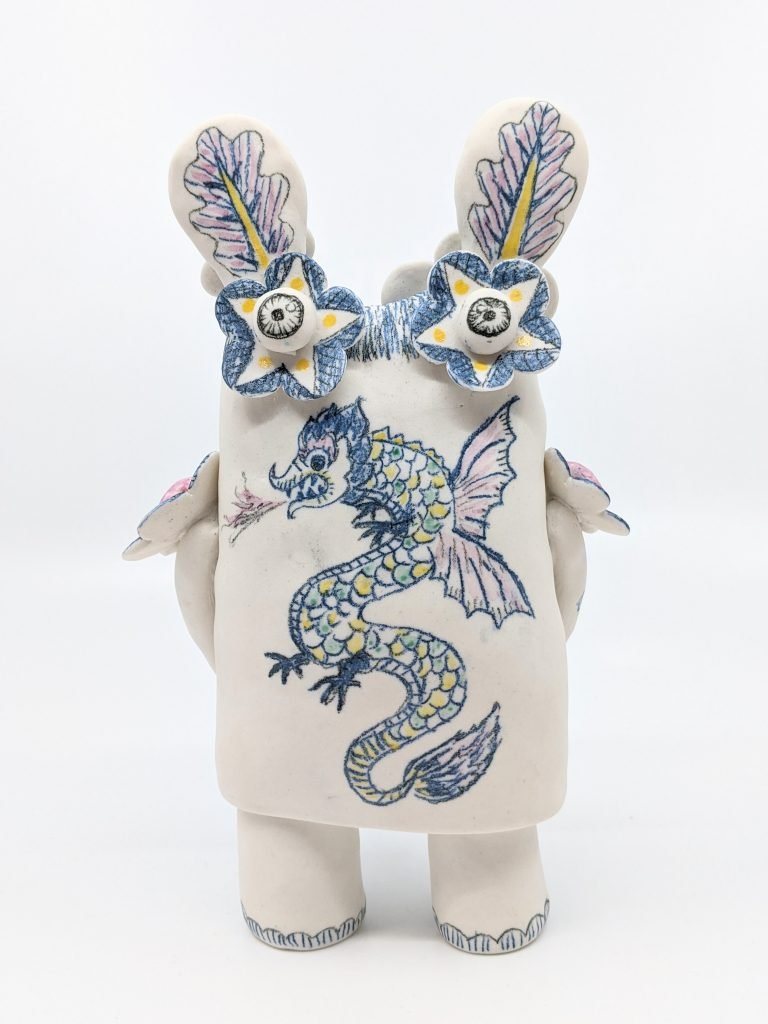
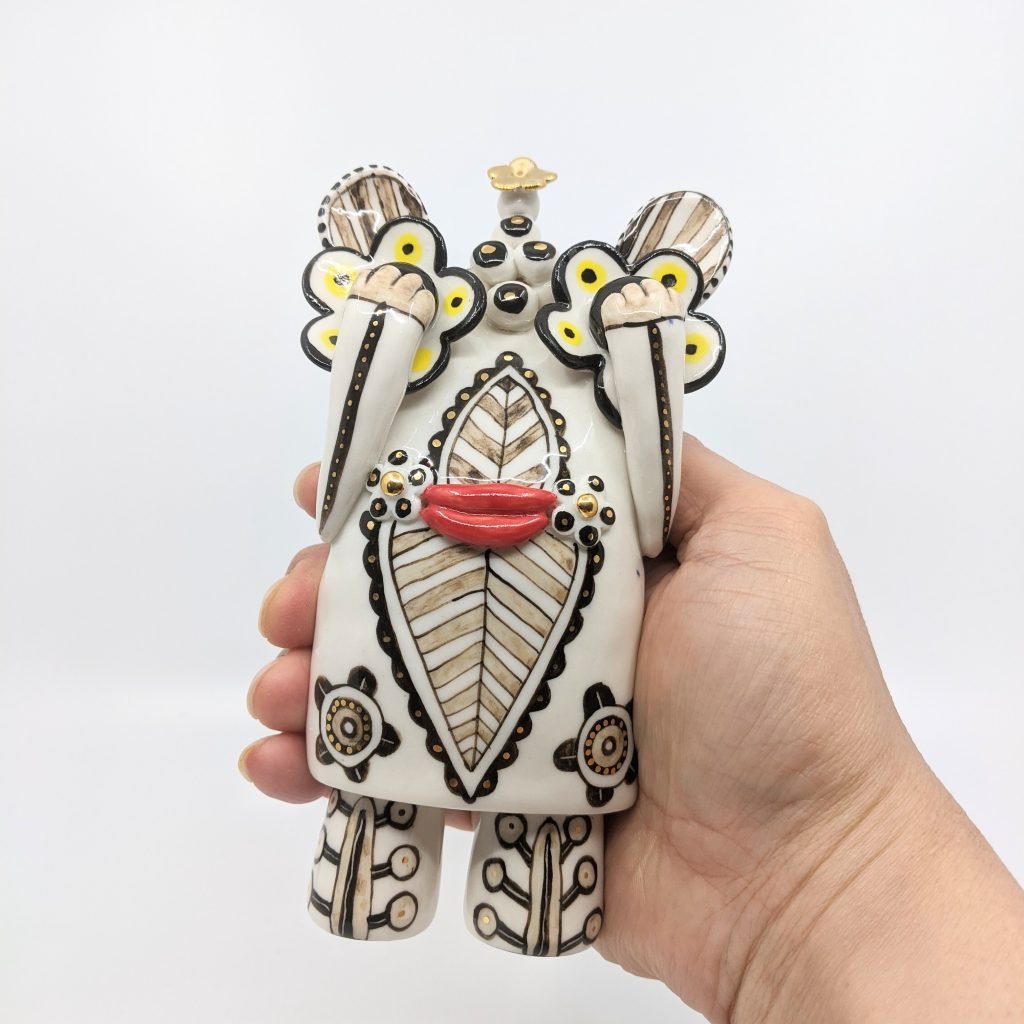
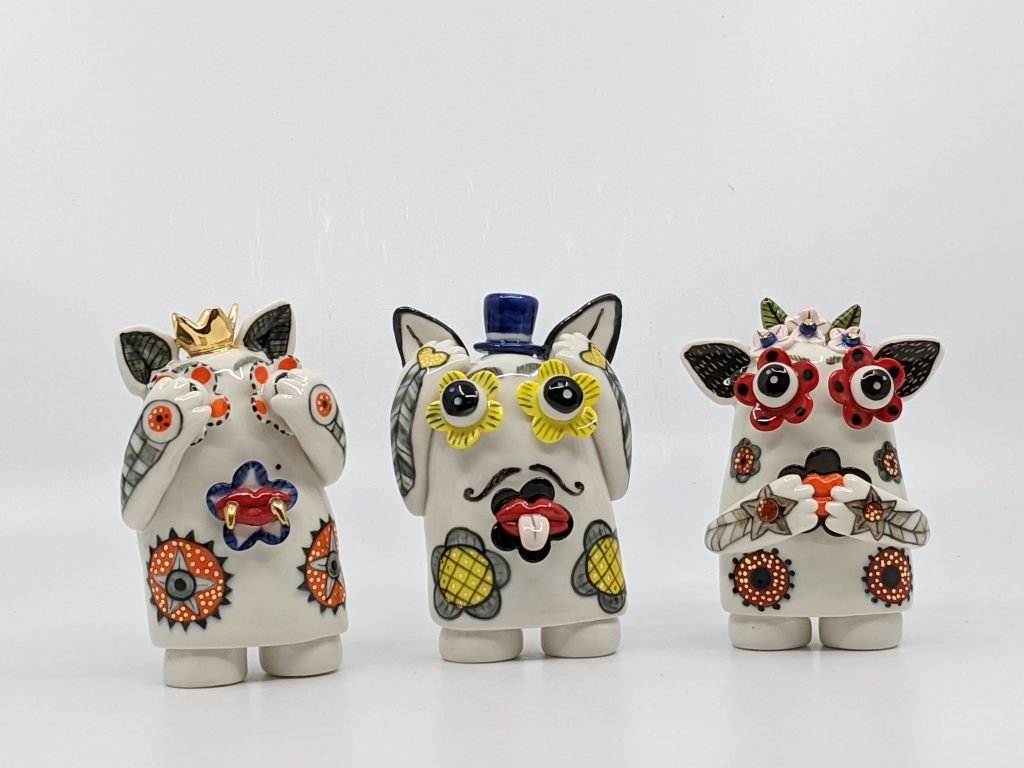
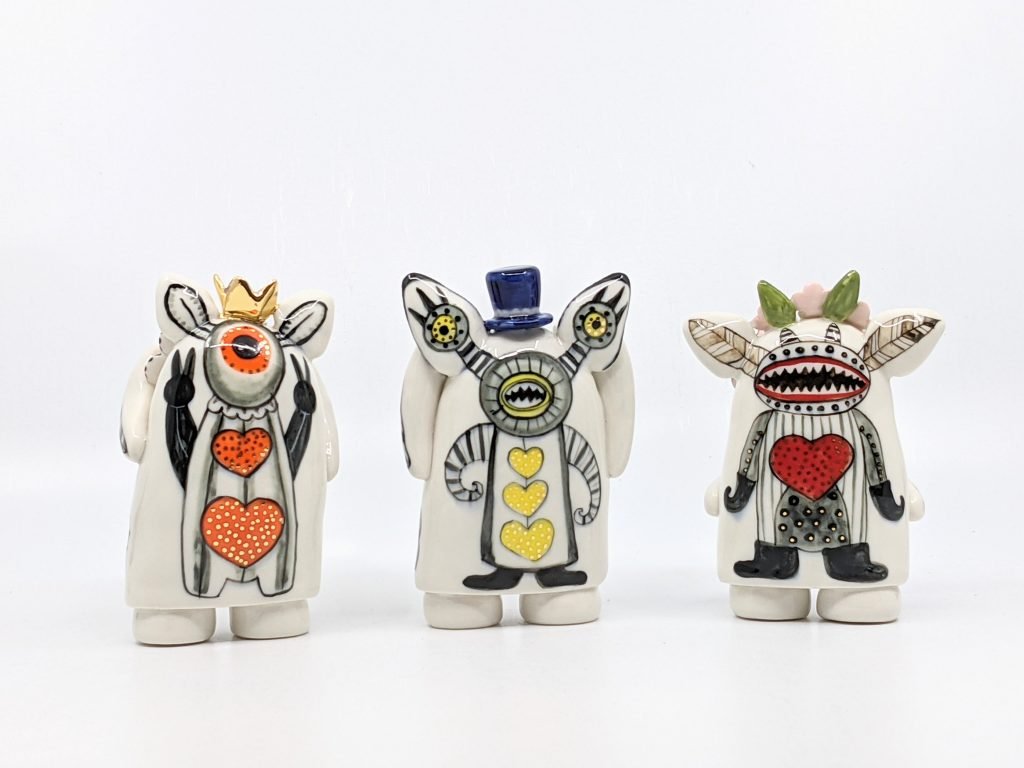
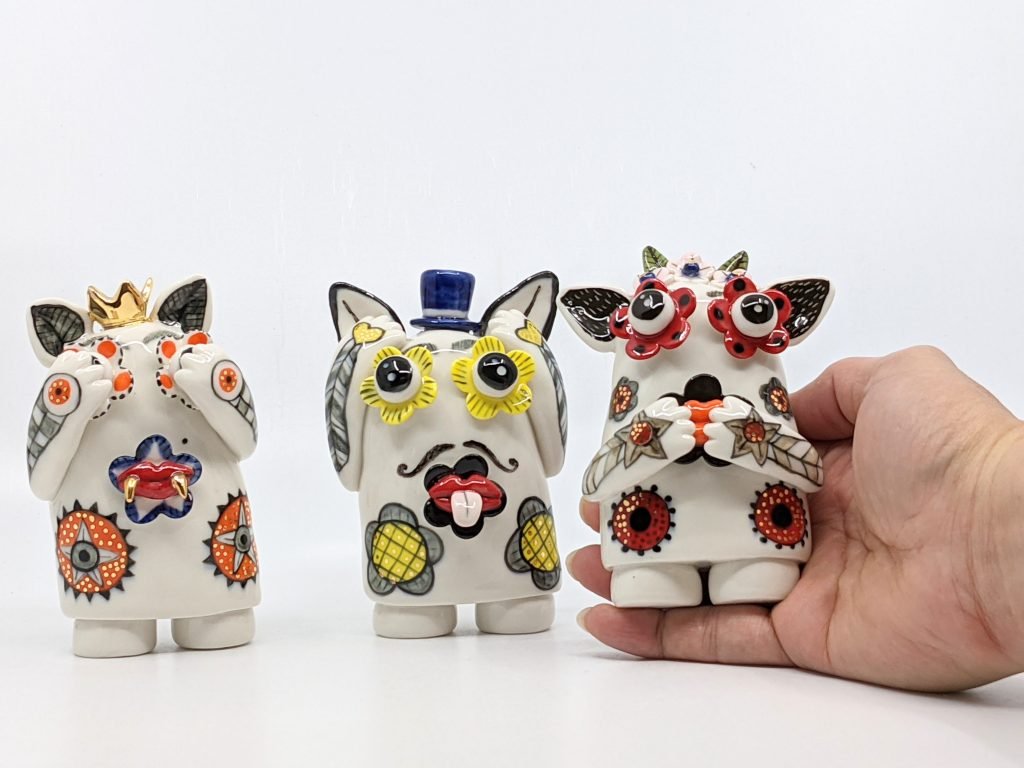
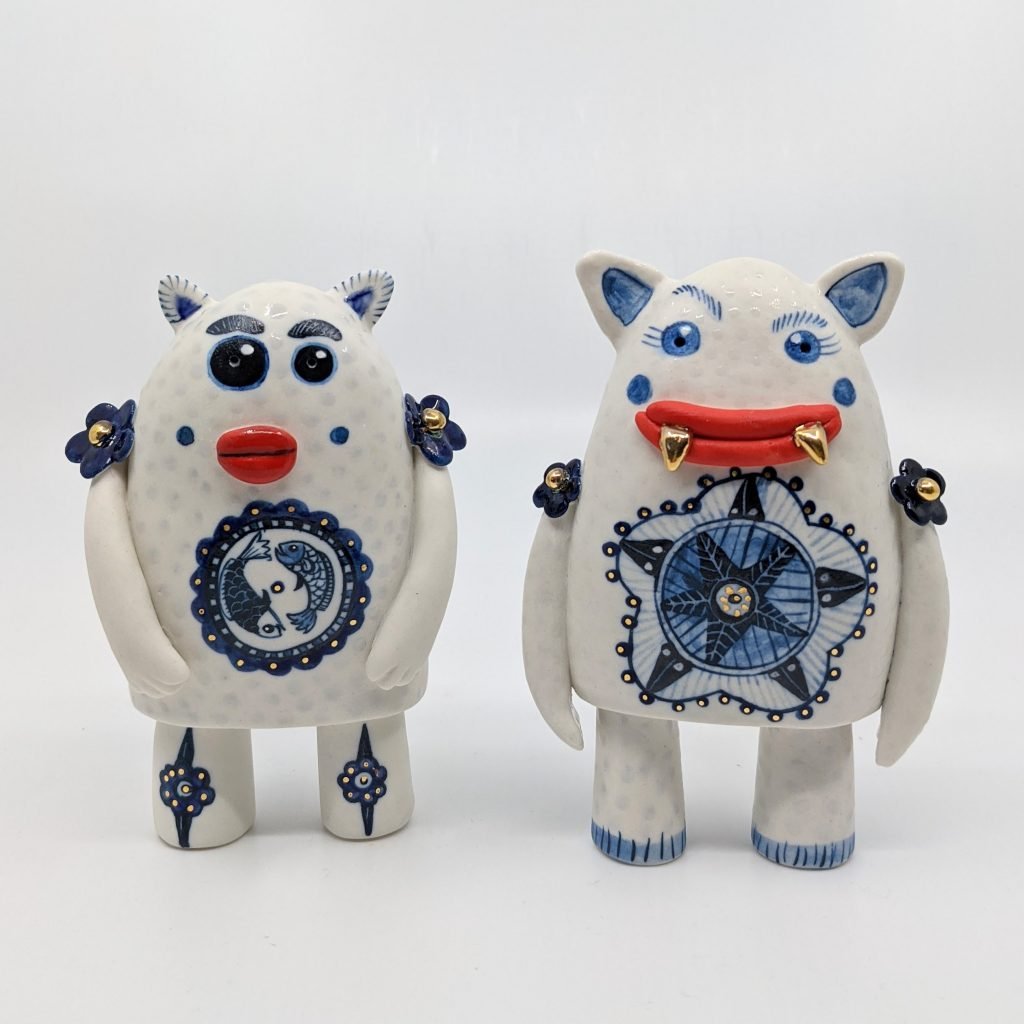
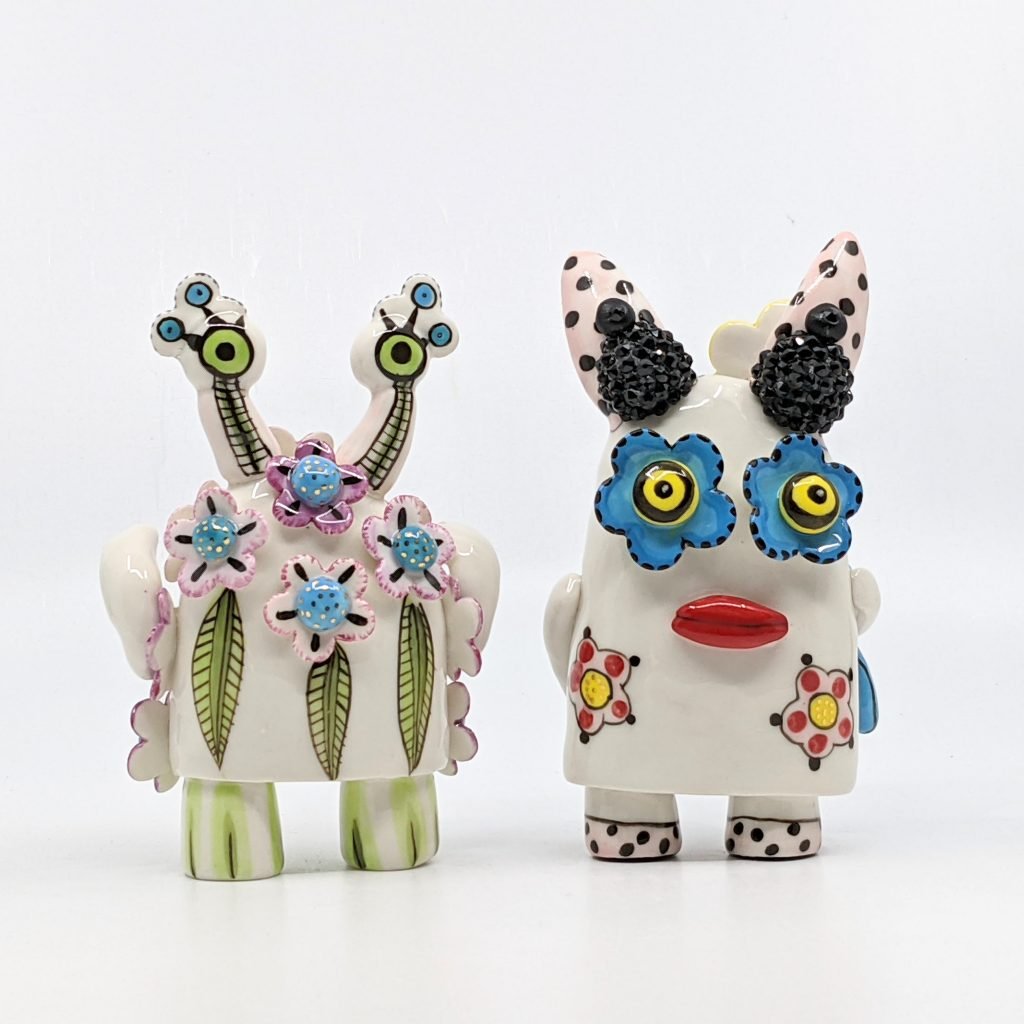
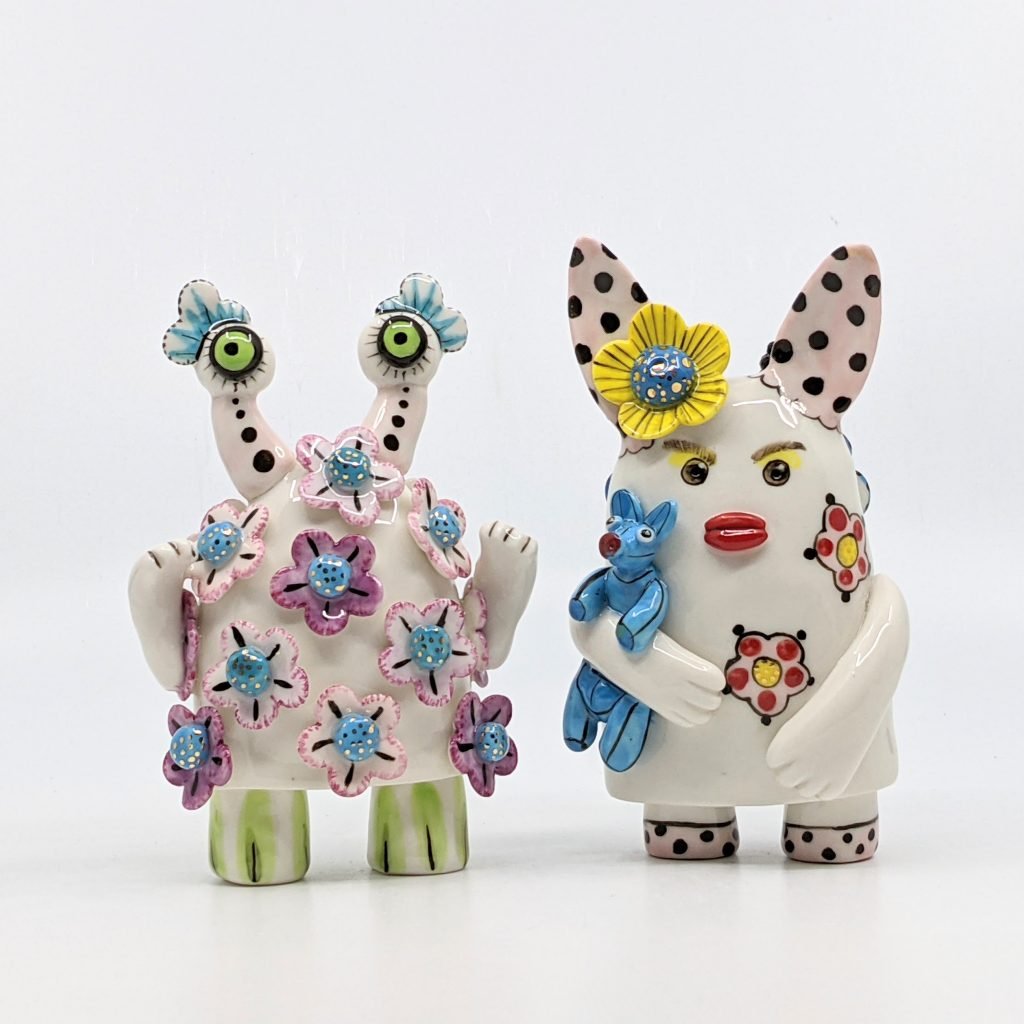
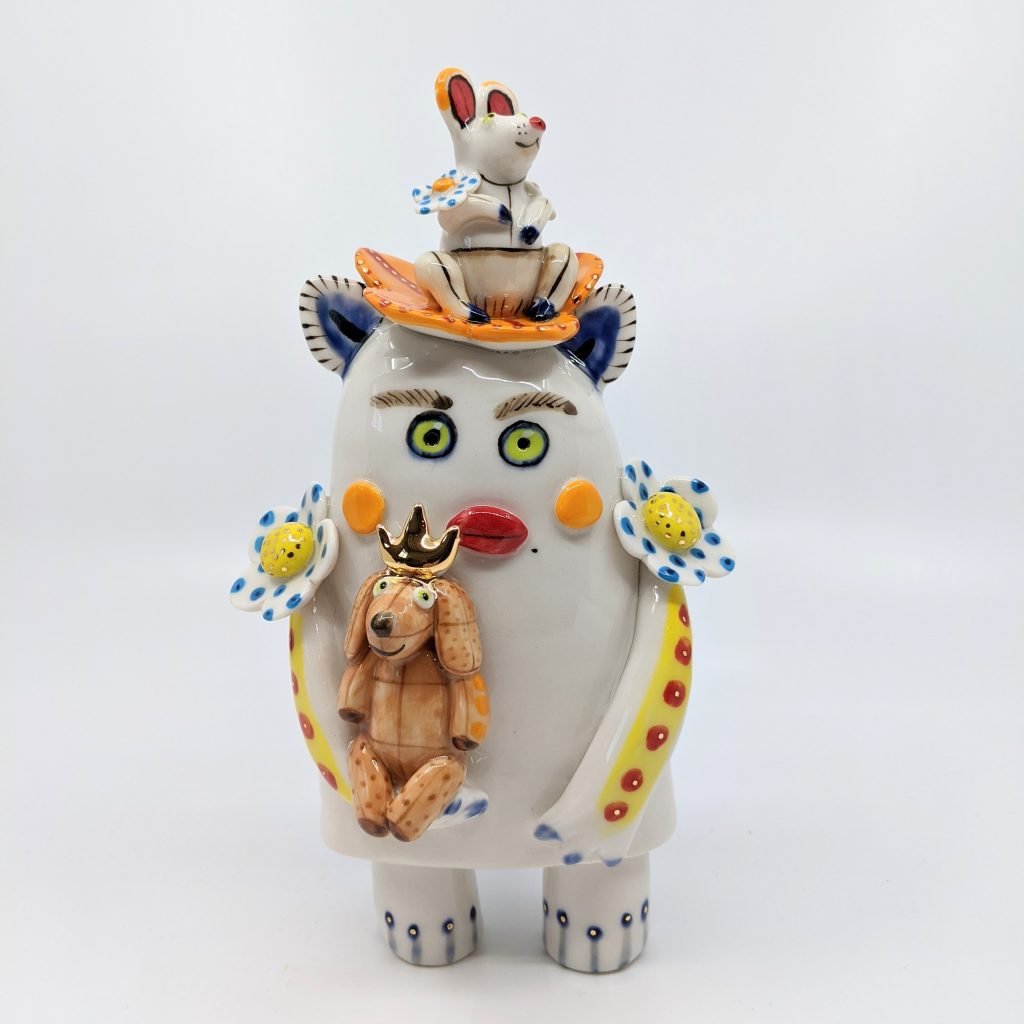
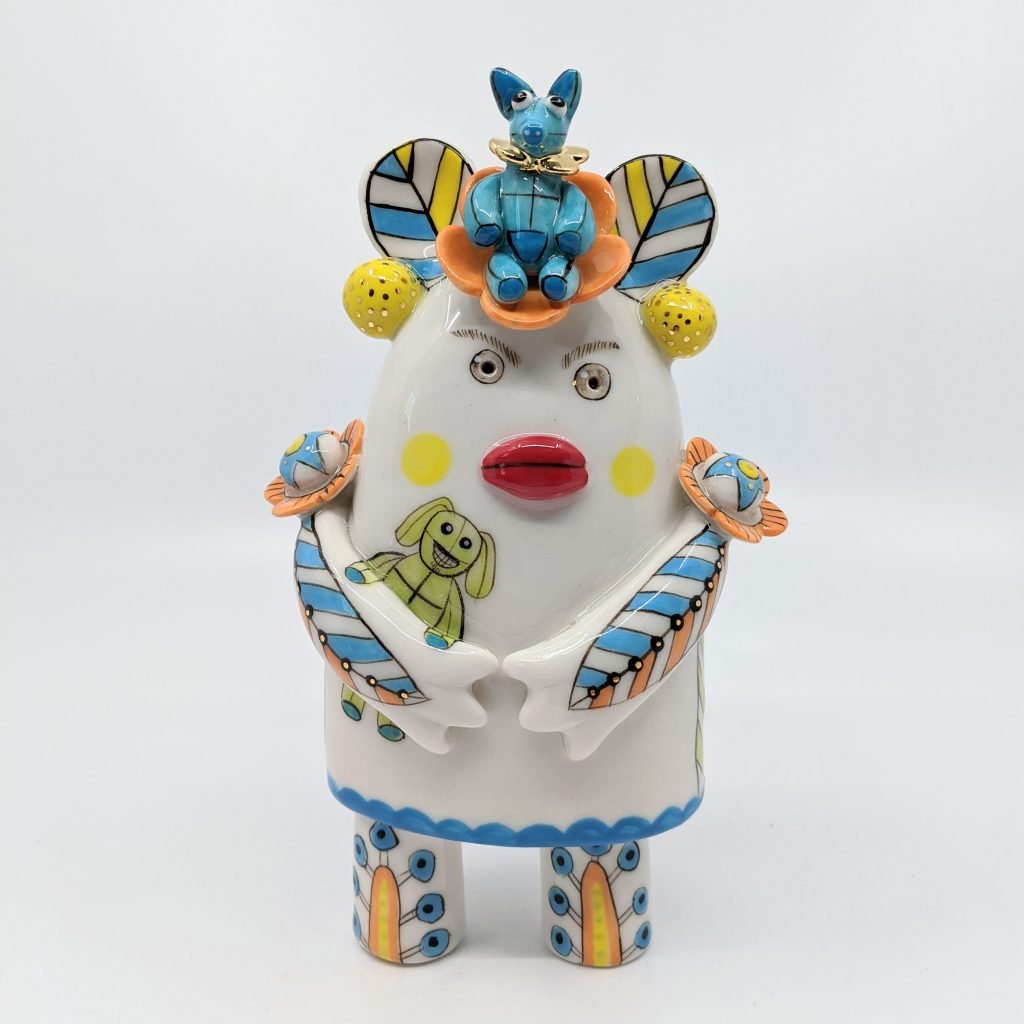
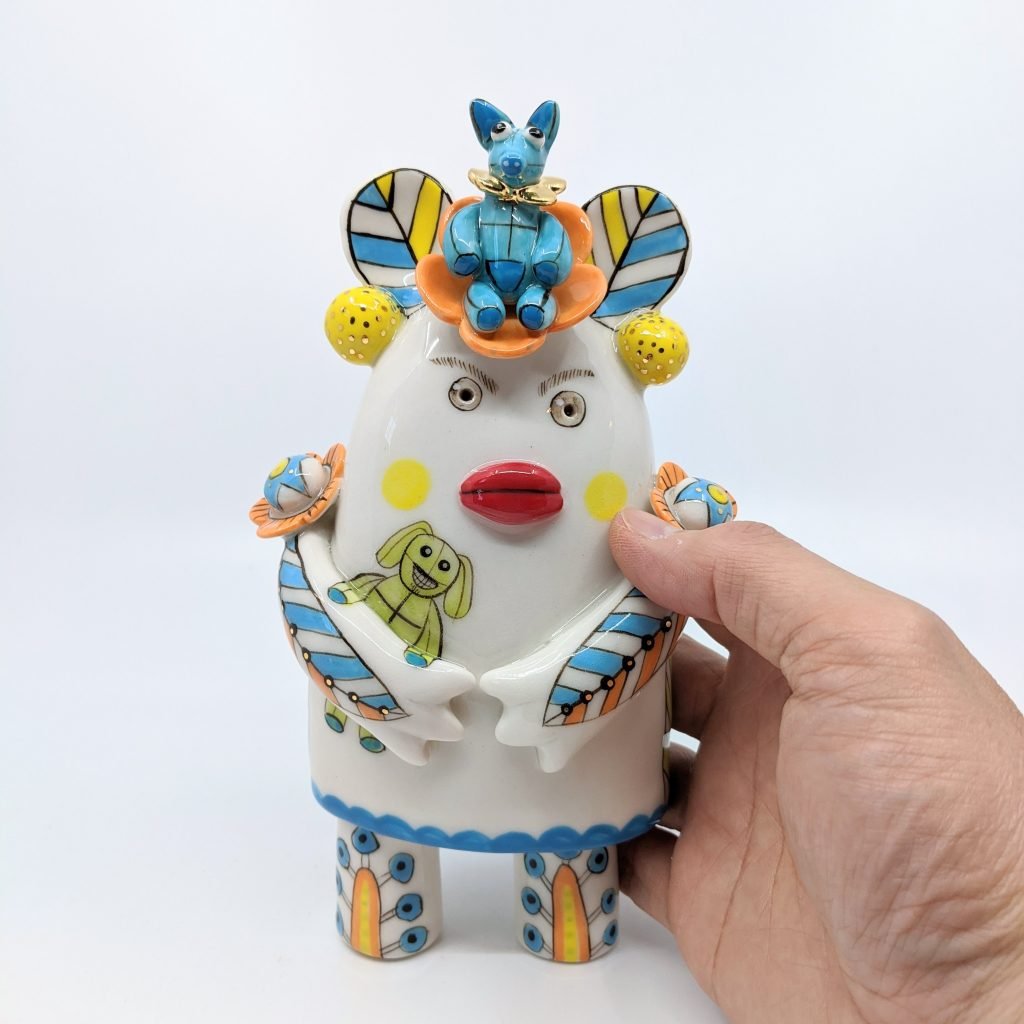
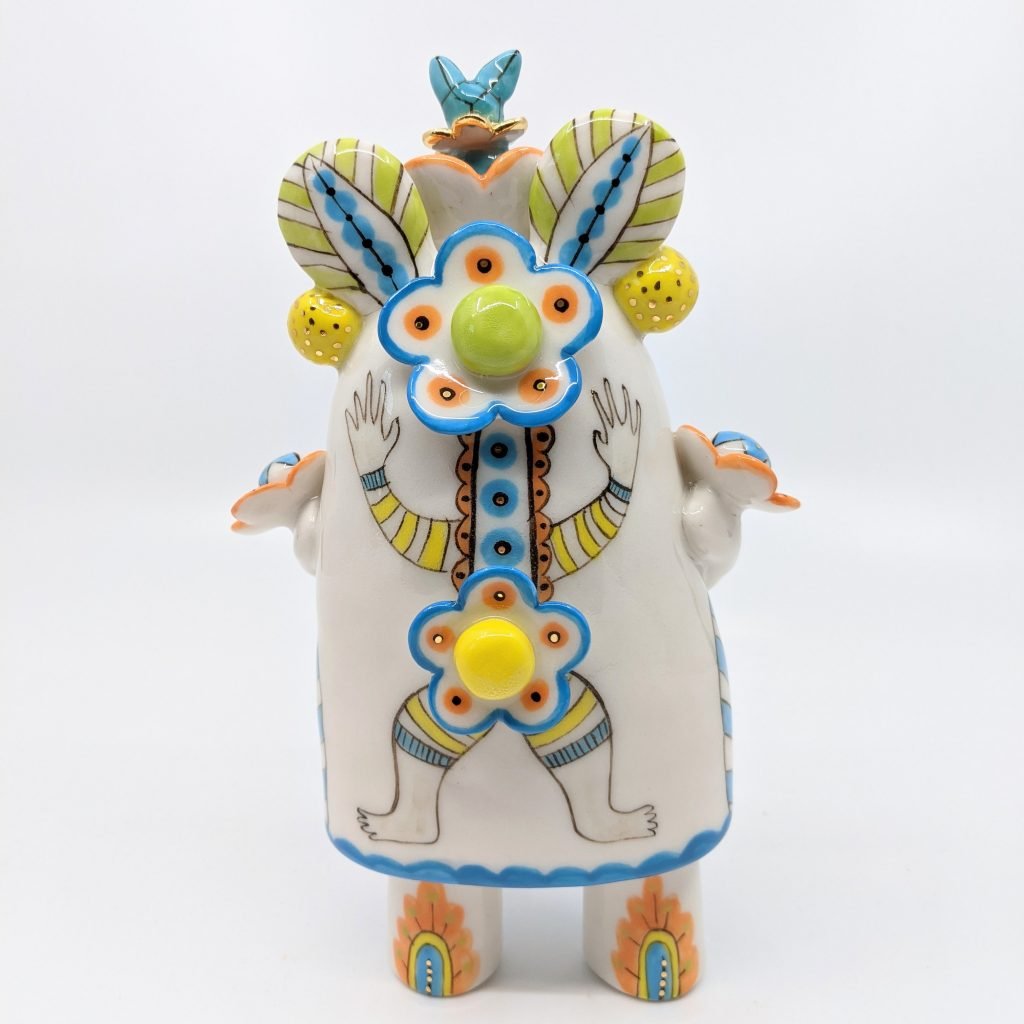
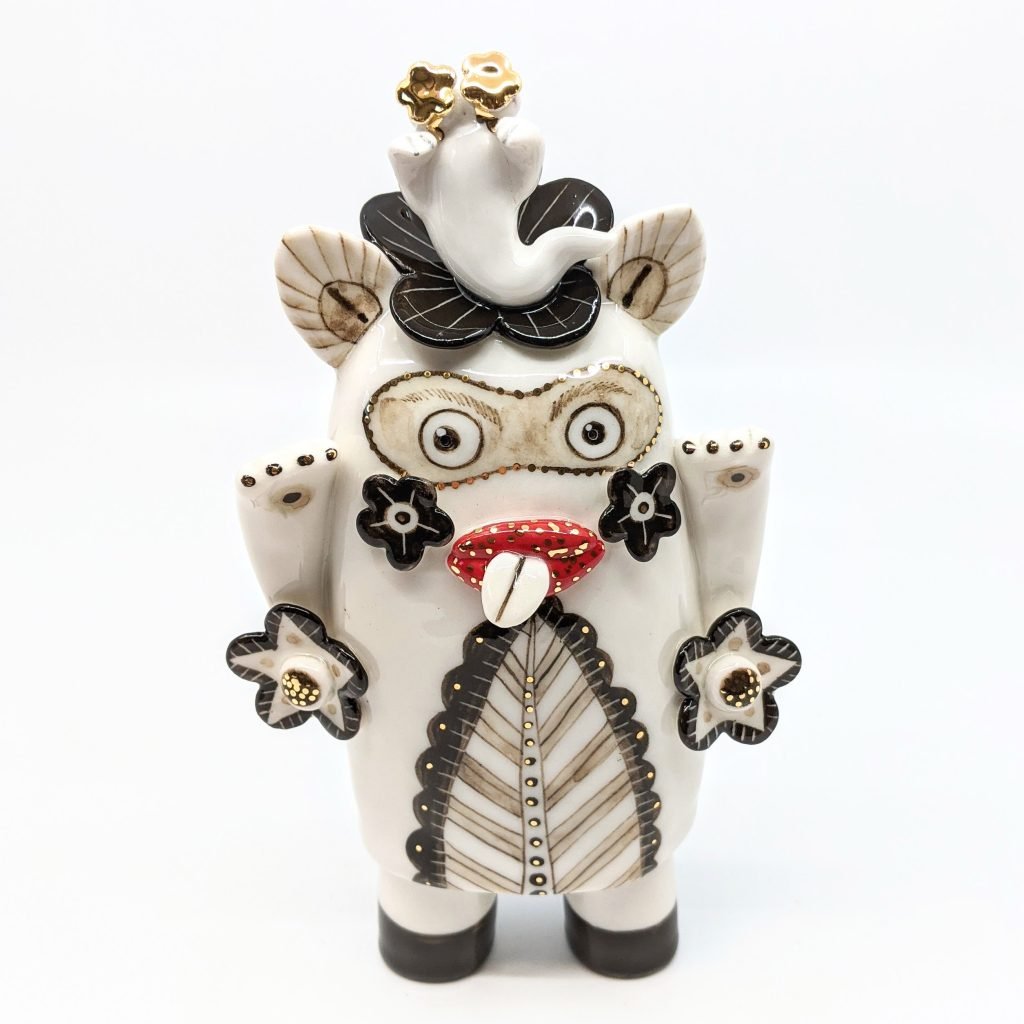
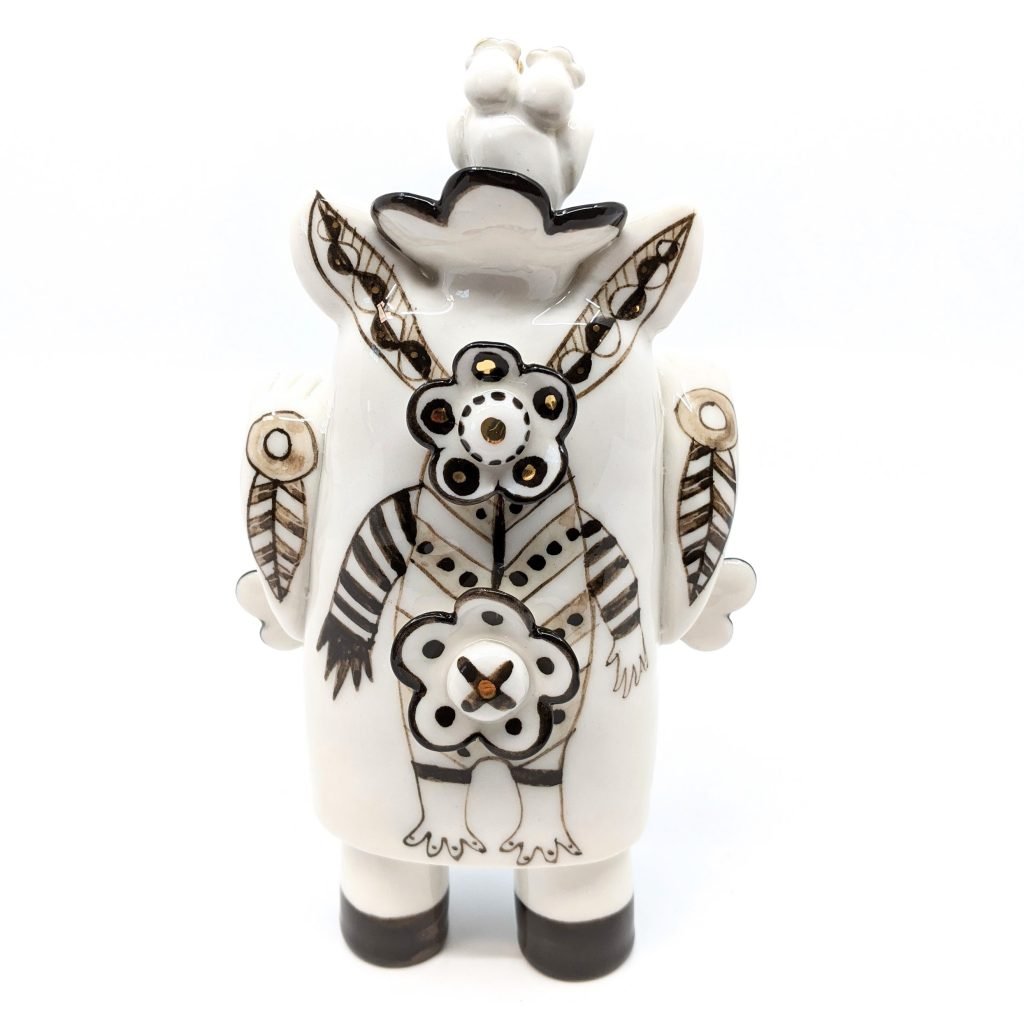
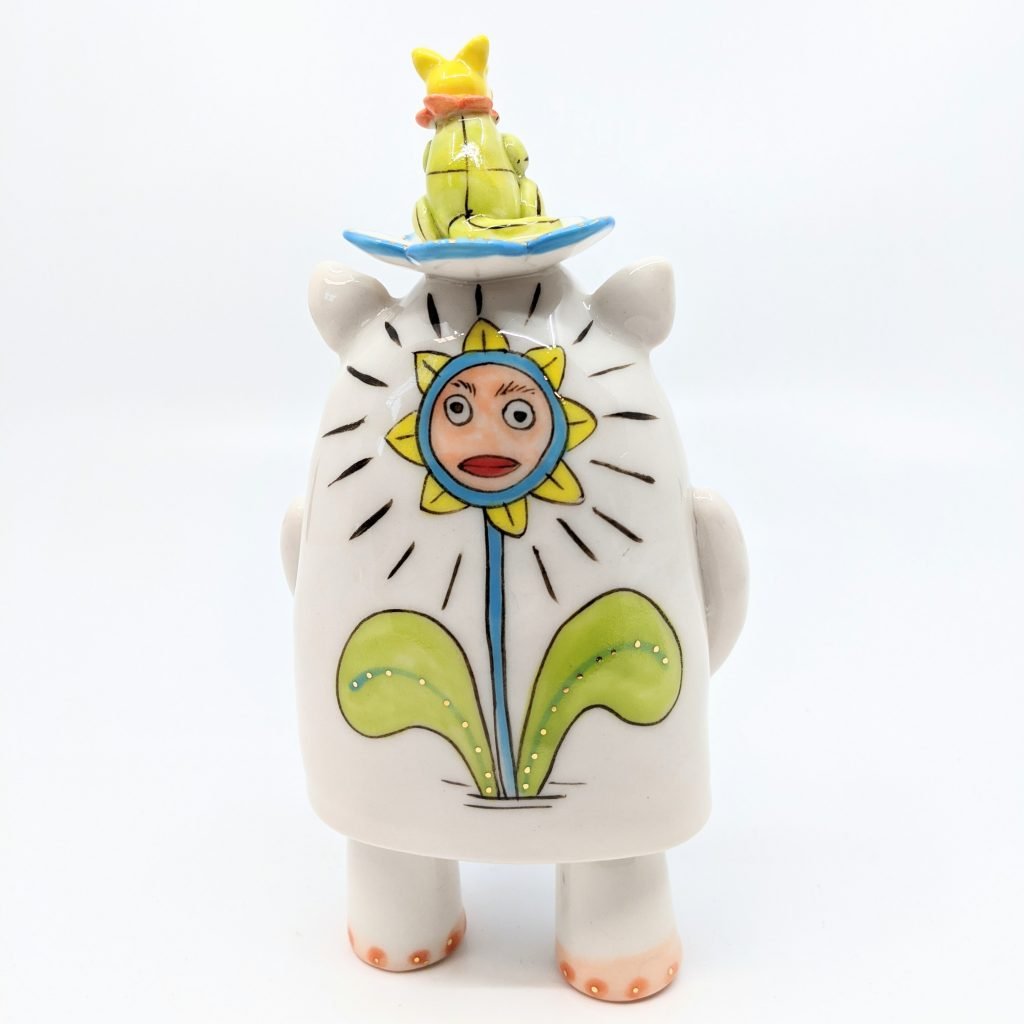
When you buy this workshop, you get:
✔ Instant Access to my Workshop
✔ Bonus Q&A – Watch my Q&A where I answered questions about the process.
✔ Lifetime Access to the Replays
The workshop Q&A are recorded, and you will have lifetime access to it. You can watch it online, or download it to your device to watch offline at any time.
✔ Equipment List as a PDF download.
Here I have listed all the things you need to get started right away, and the links to buy them online, in one easy printable PDF document.
For this workshop, I will be using the following materials:
- Clay – any good hand-building clay is good. However, I use Lumina porcelain clay (Australian made).
- A Slabmat sheet for rolling (www.slabmat.com)
- A rolling pin and 2 wooden sticks (about 0.5 cm high)
- A few containers to make slip and soft clay
- Flower shape cookie cutters
- Your favorite basic pottery tools
- A turntable
- Newspaper
- A set of plastic sheets to keep your clay slab moist.
- A plasterboard for drying your work on.
- A thin and light plastic sheet to cover the work during the drying process, so that it can dry slowly.
A note on firing and clay
If you use ceramic clay you need a kiln to fire your work. If you don’t have a kiln, you can try air-dry clay instead. It does not require firing. Once dry, it becomes hard and ready to be painted with acrylic paint. You could also use polymer clay. Making a smaller version of the work would be very cute and more suitable for polymer clay.
Vipoo Srivilasa is a Thai-born Melbourne-based artist, curator, and arts activist. Srivilasa works predominantly in porcelain but also in an inter-disciplinary manner, creating works on paper, mixed media, and bronze sculpture, as well as large scale public art. Srivilasa’s playful blend of European historical figures and Asian decorative art practices often explores contemporary cross-cultural and migration experiences.
For more than 20 years, Vipoo has exhibited both internationally and throughout Australia, including the Museum of Fine Arts, Boston; Saatchi Gallery, London; Ayala Museum, Philippines; Yingge Ceramics Museum, Taiwan; Nanjing Arts Institute, China and the National Gallery of Thailand. His work is held in national and international collections including the National Gallery of Australia, the Art Gallery of South Australia, GOMA, and the Craft Council, UK.
Website: www.vipoo.com
IG: @vipooart
Course Content



